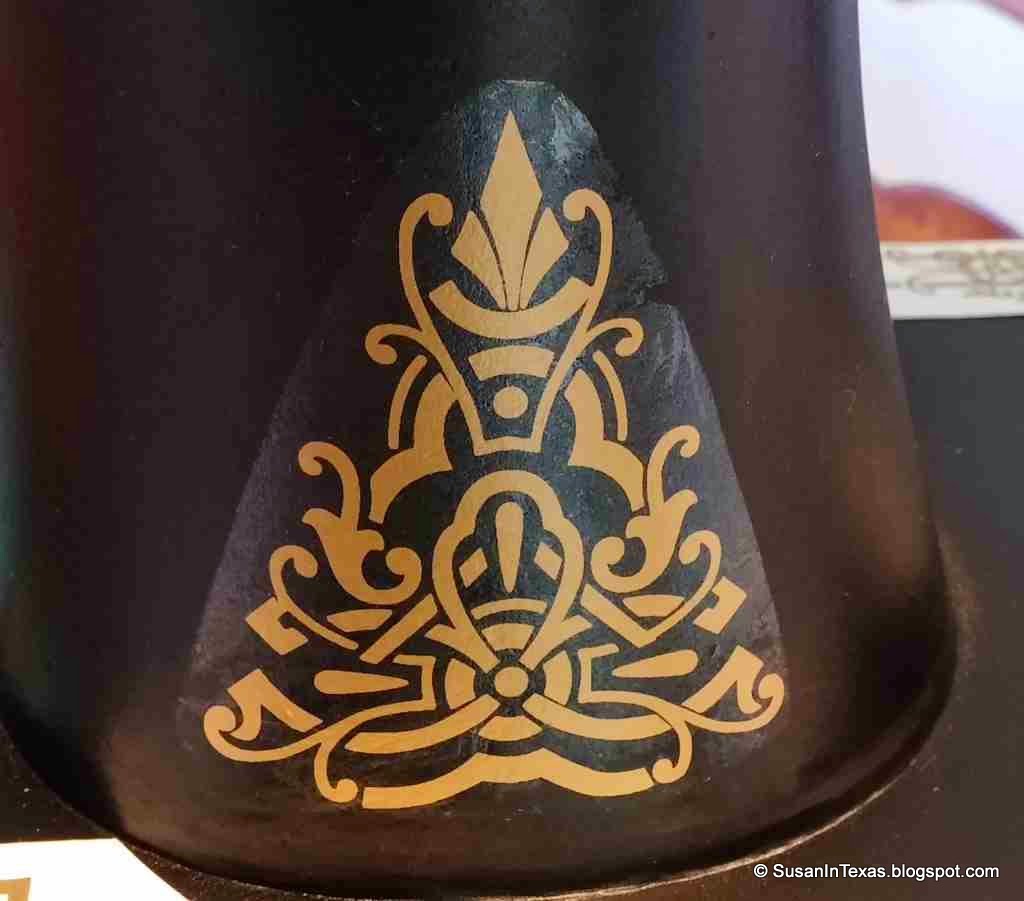This was a big learning step for me, because I had never worked with automotive paints before, nor had I ever used an airbrush. So the first thing to do was, get an airbrush!
 |
| The New Airbrush |
 |
| The Old Reliable |
This is a Badger Patriot 105 fine tip airbrush. Research on the web pointed to this model as a good choice for basic, all-purpose painting. We already had an air compressor, a venerable Power Pal that has proved indispensable over the years.
Next step was acquiring the paint, starting with the primer. Refurbishing websites and videos suggested automotive paint was best for this, with an etching primer to provide good cohesion to the metal of the sewing machine chassis. This primer proved hard to find at the local hardware store. Finally, I was able to special order it in a quart size from a NAPA auto parts store. It was an unfortunate olive green, but it was going to be thoroughly painted over before I was done.
 |
| Bad Primer Coat |
By this time, we had discovered The Coating Store, which has all kinds of automotive paint in more colors that you could imagine. They also have convenient "motorcycle kits", which bundle all the necessary paints and additives into one kit, in sizes appropriate for about one motorcycle's worth of automotive paint. Since I figured that one motorcycle's worth equaled several sewing machines, that looked better that buying paint by the gallon.
So we picked a base coat color (Tahitian Black Pearl) and a clear coat, and I was ready to paint again! I applied three or four coats of the base coat, sanding smoother each time.
 |
| Tahitian Black Pearl |
 |
| Golden Decals |
 |
| Clearcoat applied |
Next time, reassembly and making it work.
Larry

4 comments:
That looks like a lot of work. Hopefully you will recover your costs when you sell the machines.
OMG! What a lot of work that was but, WOW! what a fabulous finish!
WOW, this is seriously impressive. Thanks for sharing lots of in-progress photos. I had no idea refurbishing was this much work. But what superb results!
Looks great. Let me know if you need another tester. I'll pay for the service.
Post a Comment